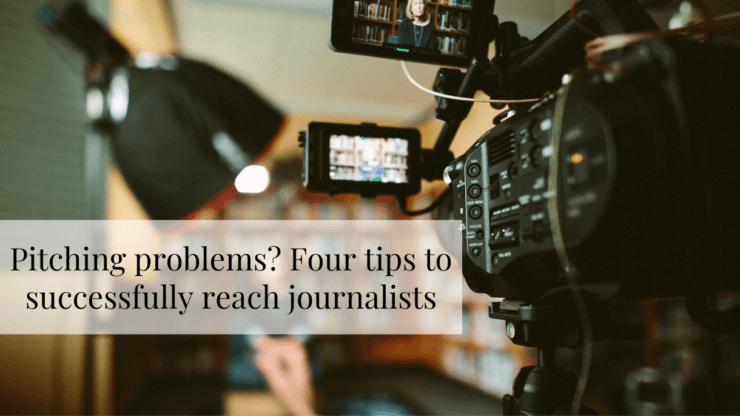Email, direct message or call? Link or attach photos? Too soon to follow-up? When pitching journalists, almost every PR professional has been left wondering what strategies are most effective at one point or another.
Before you hit send on your next story idea, we rounded up advice from journalists to help get your pitch read and your idea heard:
- Stick to email.
According to Fast Company, email remains the best way to connect with a reporter. Direct messages via social can be easily missed and calls to the office are disruptive to his or her workflow. Understandably, reaching out to a personal email address or calling a cell phone is considered intrusive. Also, one email message can contain all the information the reporter needs and be easily referenced later.
Unless you have a relationship with the reporter or they’ve directed otherwise, email is usually the best option. At Maven, we like to also check a reporter’s Twitter bio for the best means of contact before reaching out to someone new.
- Be straight forward, rather than quippy.
It’s no secret that reporters – just like most professionals – are inundated with emails. Many PR specialists will try to stand out by sending emails with creative subject lines and clever content. When Anthony Ha, writer at TechCrunch, was asked to provide tips for writing a well-crafted email that is hard to ignore, his response was simple: “In general, a subject line that spells out what the news is and a pitch written in honest, plain English.” Explaining further, he notes that too many buzzwords and a long introduction obscure the news.
It’s simple, but when contacting reporters, it’s recommended to keep it brief and straight forward.
- Think like an assignment editor.
In an interview covered by Cision, The Atlantic Journalist Derek Thompson said “A PR person should think like an assignment editor… An assignment editor says: ‘I want to know more about X. Write about it.’”
Instead of reaching out to reporters with just a story idea, highlight what problem you’re solving, why this information is important to the publication’s audience, the questions your expert can answer for readers and how it fits in with current trends.
- Tailor your message.
Remember, no journalist or publication is the same. In an Inc. article, Freelance Journalist Erik Sherman notes that while many reporters cover the same industries or beats, they write about them differently. It’s important to tailor every pitch you’re sending to the specific style of the journalist.
The above tips can help to successfully get your story idea in front of reporters. However, even the most carefully crafted pitch will fall flat if you’re not contacting the appropriate journalist. For more on the importance of research, check out Maven Account Director Emily Kanter’s blog “Why Research Is Critical To Pitching The Media.”
Posted In Media Relations, Public Relations

